Horse farms are often seen with double fences surrounding their pastures and paddocks. This unique feature has intrigued many people, leading to the question: Why do horse farms have double fences? The reasons behind this practice are multifaceted and rooted in the safety and well-being of the horses, as well as the practical considerations of managing a horse farm. In this article, we will explore the various reasons why double fences are commonly used in horse farming and how they contribute to the overall functionality and safety of the farm.
The Importance of Safety and Security
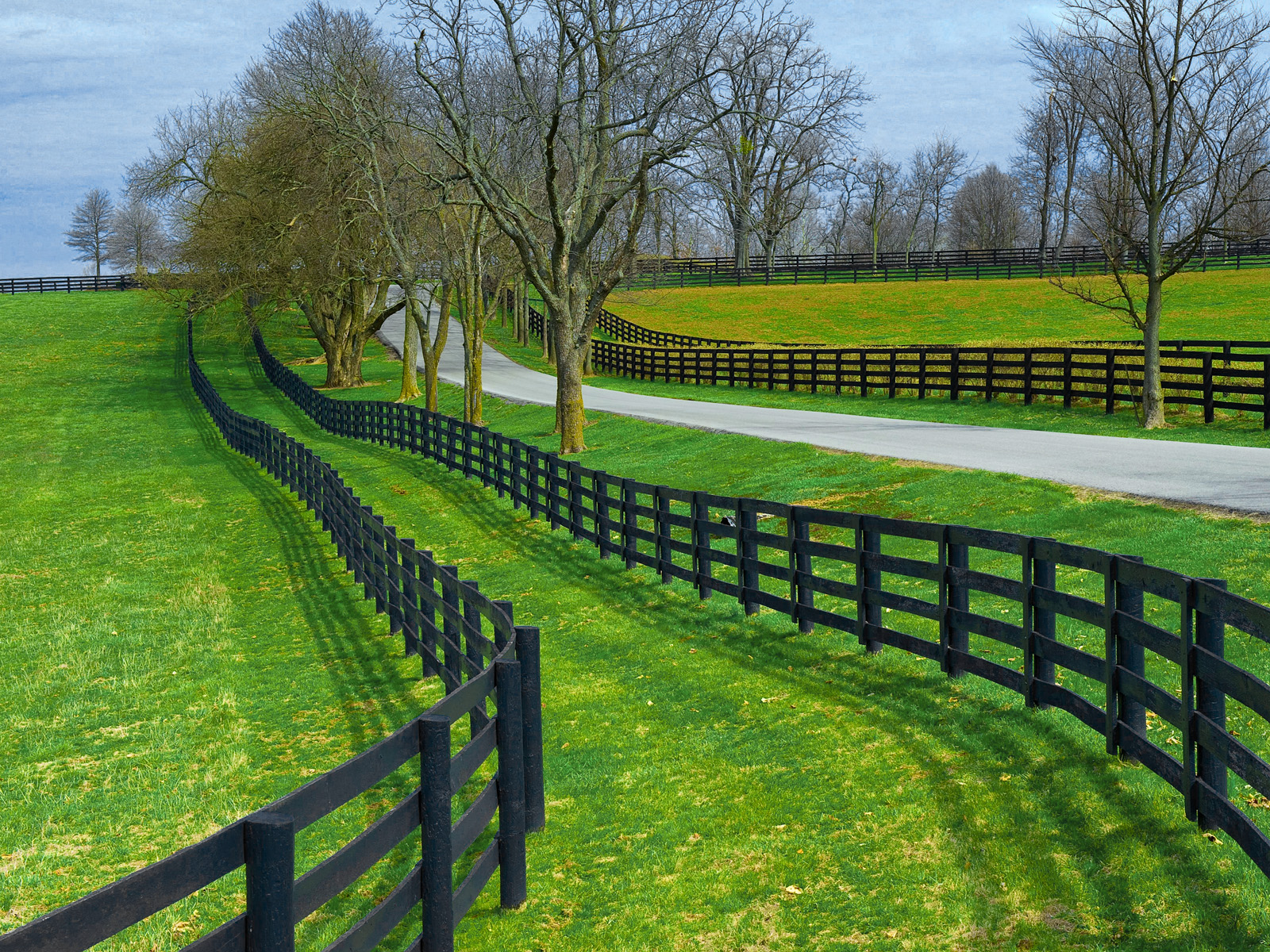
Protecting the Horses
One of the primary reasons for implementing double fences on horse farms is to ensure the safety and security of the horses. Horses are powerful and unpredictable animals, and they can sometimes become spooked or agitated, leading them to run or jump fences. By having double fences, the likelihood of a horse escaping or injuring itself by running into a fence is significantly reduced. This extra layer of protection provides a buffer zone that helps prevent horses from coming into direct contact with external hazards such as roads, neighboring properties, or wild animals.
Preventing Straying and Intrusion
Double fences also serve as a deterrent to prevent horses from straying beyond the designated boundaries of the farm. In rural areas, there may be risks such as predators, stray dogs, or wildlife that pose a threat to the horses. Additionally, double fencing helps to prevent unwanted intrusion from trespassers or unauthorized individuals who may pose a risk to the horses or the property. This added layer of security helps to create a safe and secure environment for the horses to graze and roam without the fear of external threats.
Minimizing Damage and Maintenance
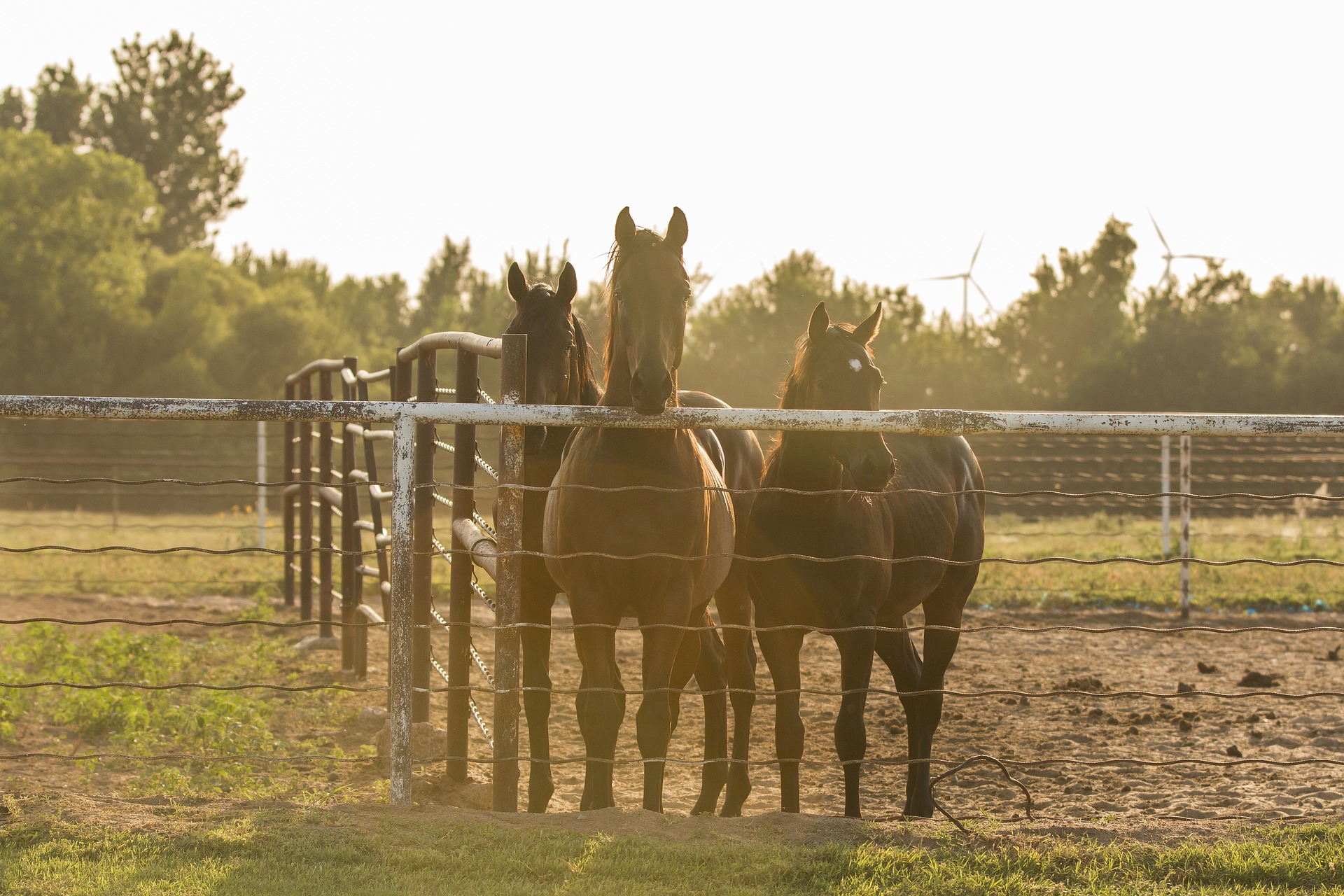
Protecting the Fencing
Another practical reason for utilizing double fences on horse farms is to minimize damage to the fencing infrastructure. Horses are known to be rough on fencing, especially when they engage in activities such as rubbing, scratching, or leaning against the fences. By having a secondary fence in place, it acts as a buffer and helps to distribute the pressure, reducing the likelihood of damage to the primary fence. This ultimately leads to lower maintenance costs and prolongs the lifespan of the fencing materials.
Managing Grazing Areas
Double fencing also allows for more efficient management of grazing areas. By dividing the pasture into smaller sections with multiple fences, horse farm owners can practice rotational grazing. This means that they can periodically move the horses to different sections of the pasture, allowing the previously grazed areas to recover and regrow. Rotational grazing helps to maintain the health of the pasture and prevents overgrazing, which can lead to soil erosion and nutrient depletion.
Enhancing Aesthetic Appeal
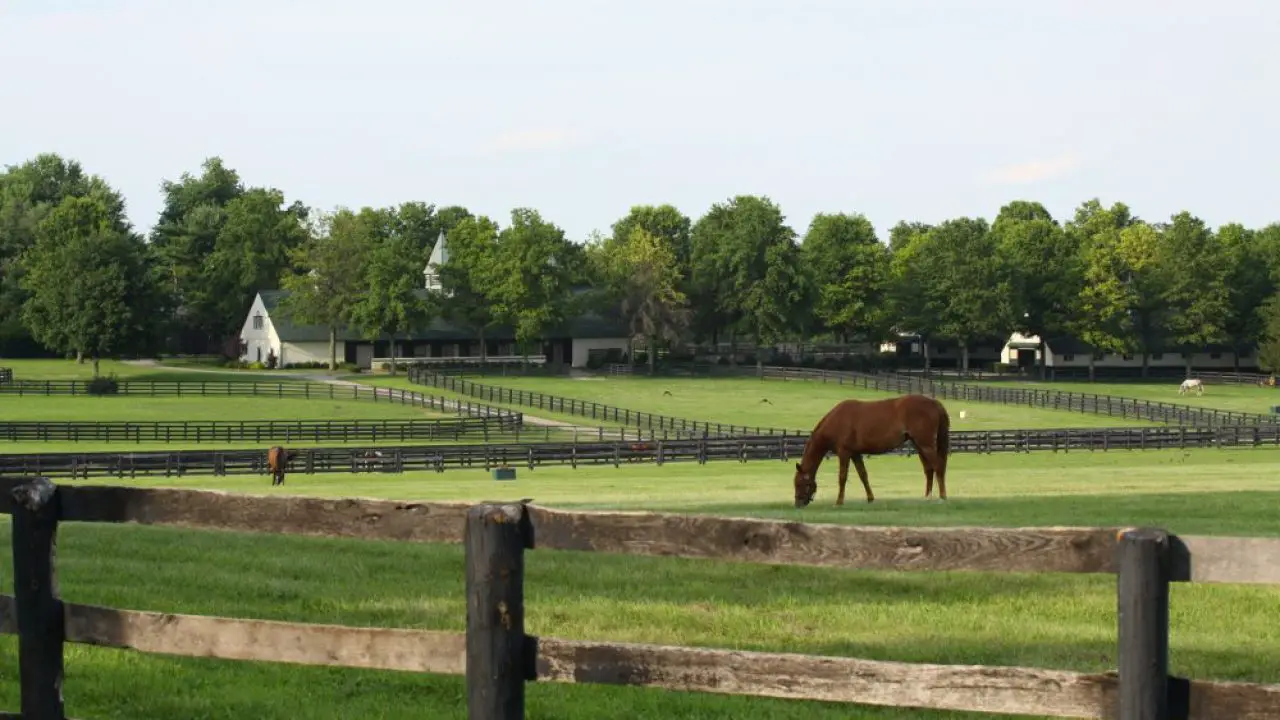
Creating Visual Boundaries
In addition to the functional aspects, double fences can also enhance the aesthetic appeal of a horse farm. The presence of multiple fences can create visually defined boundaries within the property, adding a sense of structure and organization to the landscape. This can be particularly appealing for equestrian facilities that host events, as the well-maintained and visually appealing fencing adds to the overall ambiance and professionalism of the farm.
Landscaping and Buffer Zones
Double fences can also be utilized to create landscaping and buffer zones within the farm. By planting foliage or creating natural barriers between the inner and outer fences, horse farm owners can enhance the visual appeal of the property while providing additional environmental benefits such as windbreaks, shade, and habitat for wildlife. This thoughtful landscaping can contribute to a more harmonious integration of the farm within its natural surroundings.
Regulatory Compliance and Zoning Requirements
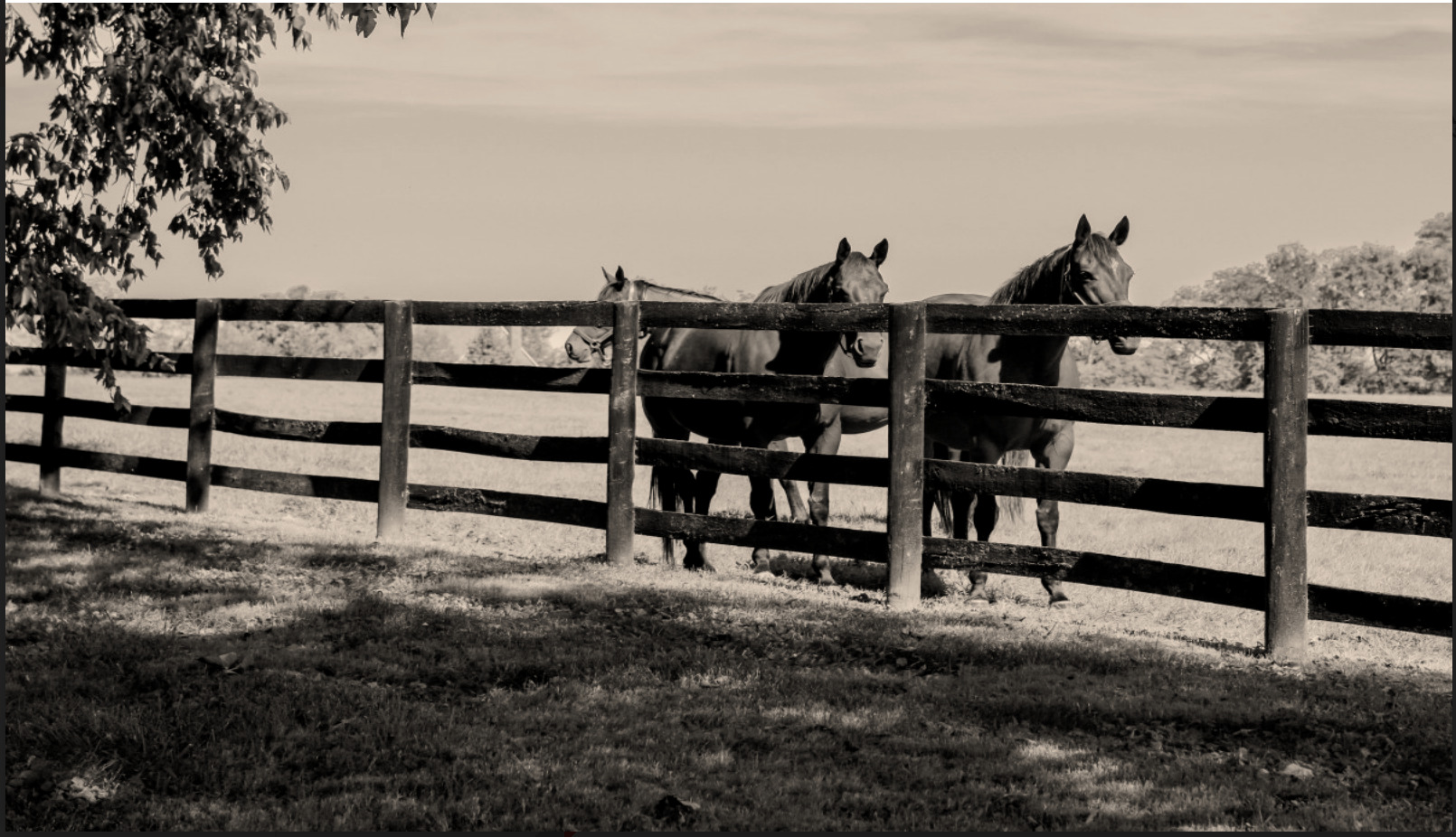
Meeting Local Regulations
In some areas, local regulations and zoning requirements may mandate the use of double fences for horse farms. These regulations are often put in place to address concerns related to animal welfare, public safety, and land use. By adhering to these requirements, horse farm owners can ensure that their operations are in compliance with the law and maintain a positive relationship with local authorities and the community.
Neighboring Property Considerations
Double fencing can also serve as a means of addressing concerns from neighboring properties. By providing an additional barrier between the horses and neighboring land, it helps to mitigate potential conflicts or issues related to property boundaries, noise, and visual impact. This proactive approach can foster better relationships with neighboring landowners and contribute to a more harmonious coexistence within the community.
Curious about horse behavior and anatomy? You might be interested in learning about why horses have tails, why horses have a mane, and why horses have hair. Understanding these aspects can provide fascinating insights into the world of horses and farm life!
Conclusion
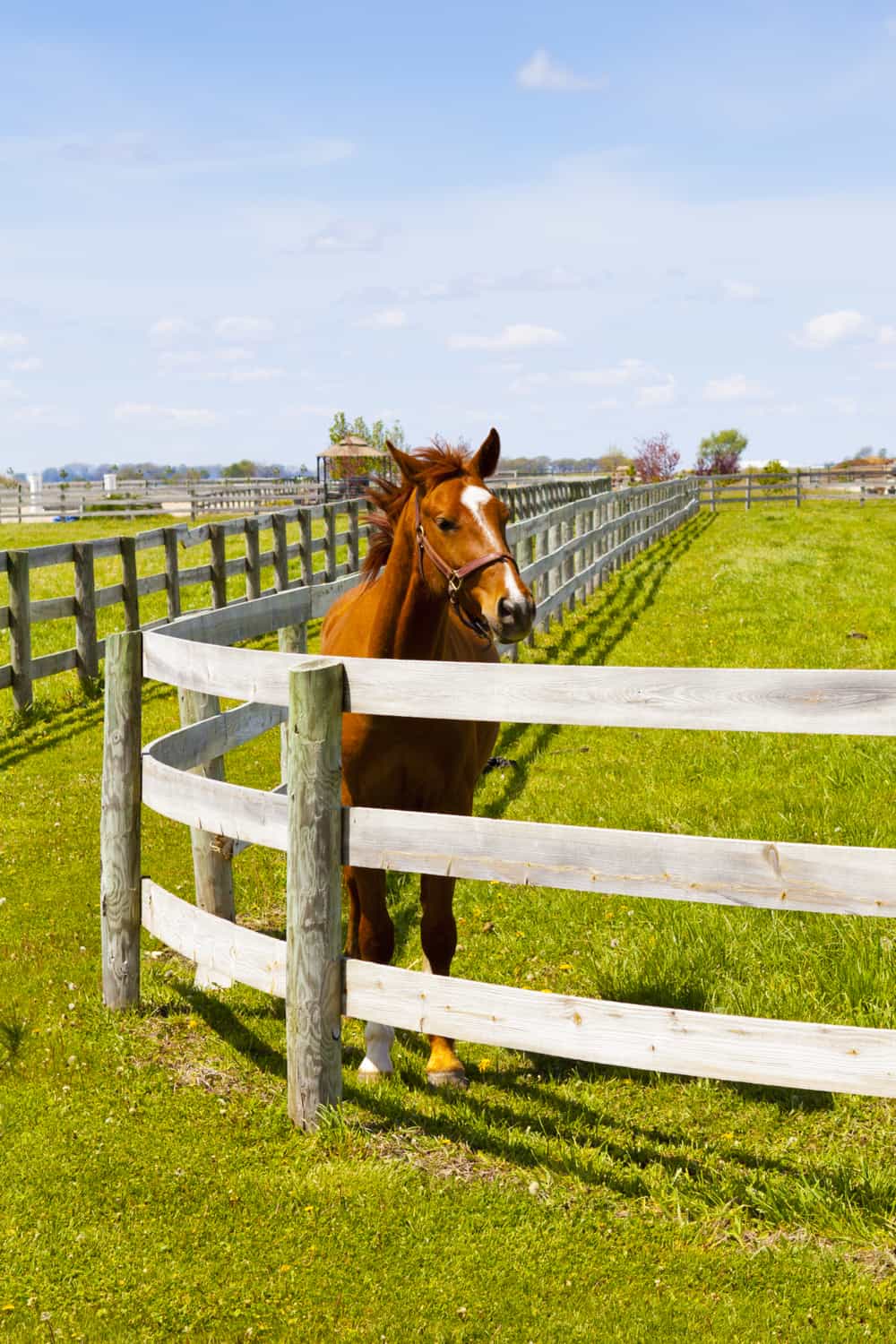
In conclusion, the practice of using double fences on horse farms serves a variety of purposes that are essential for the overall functionality and safety of the farm. From protecting the horses and minimizing damage to enhancing the visual appeal and complying with regulations, double fencing plays a crucial role in shaping the environment in which horses are kept. Understanding the reasons behind this practice not only provides insight into the considerations of horse farm management but also underscores the commitment of horse farm owners to the well-being of their animals and the sustainability of their operations.



